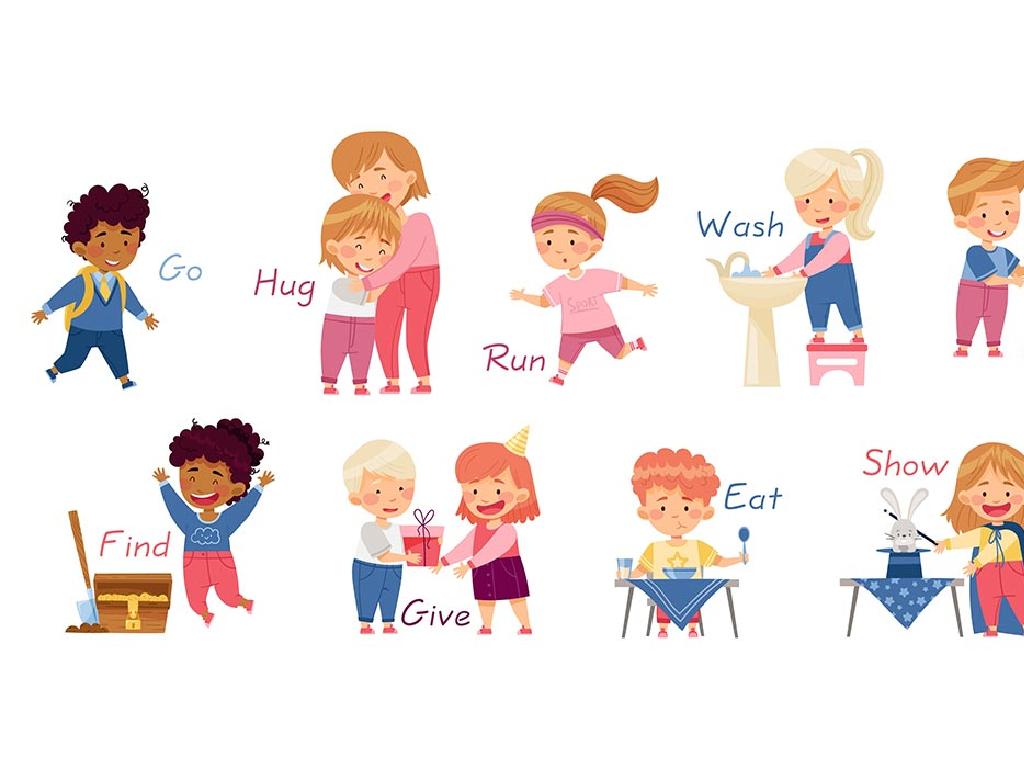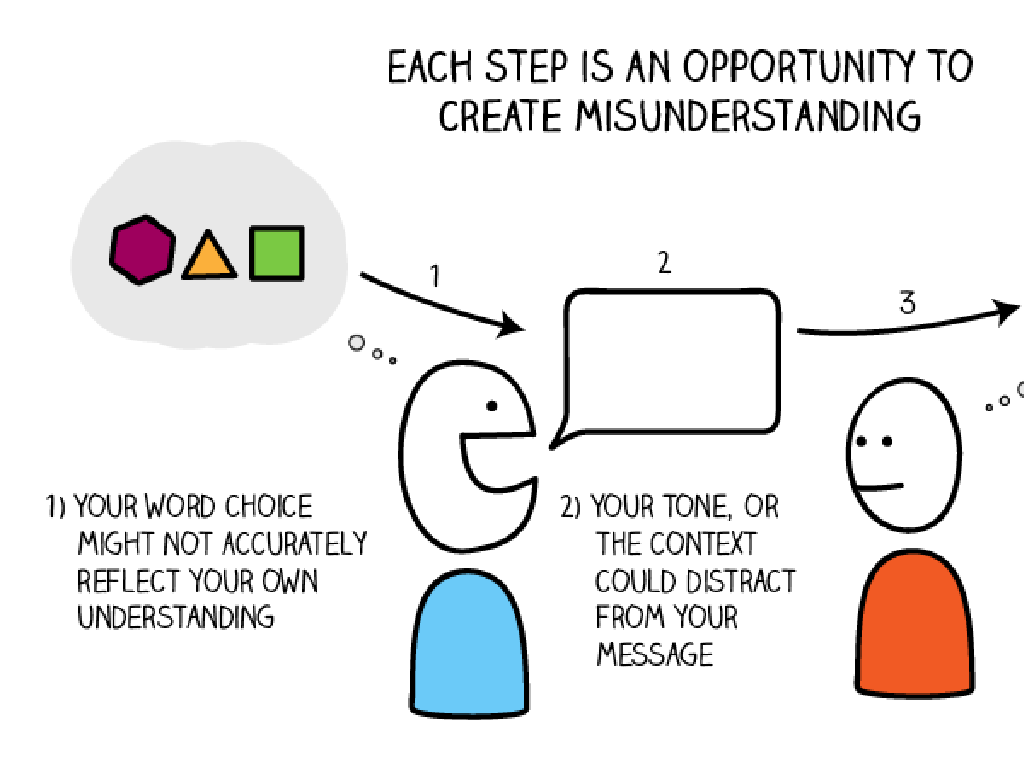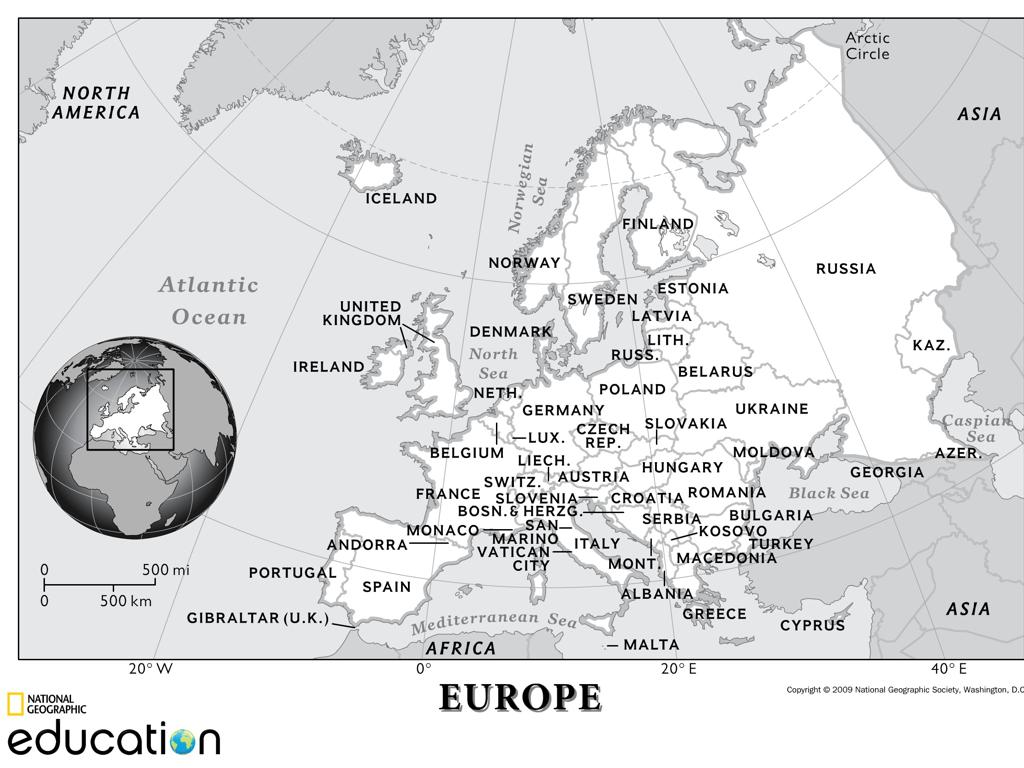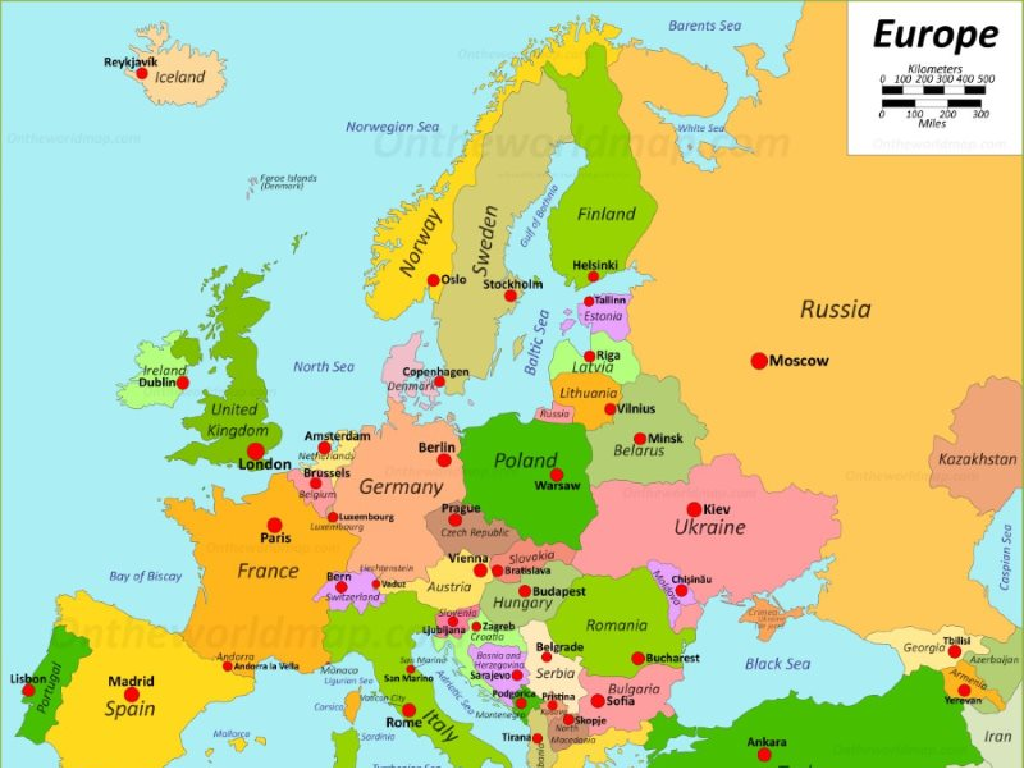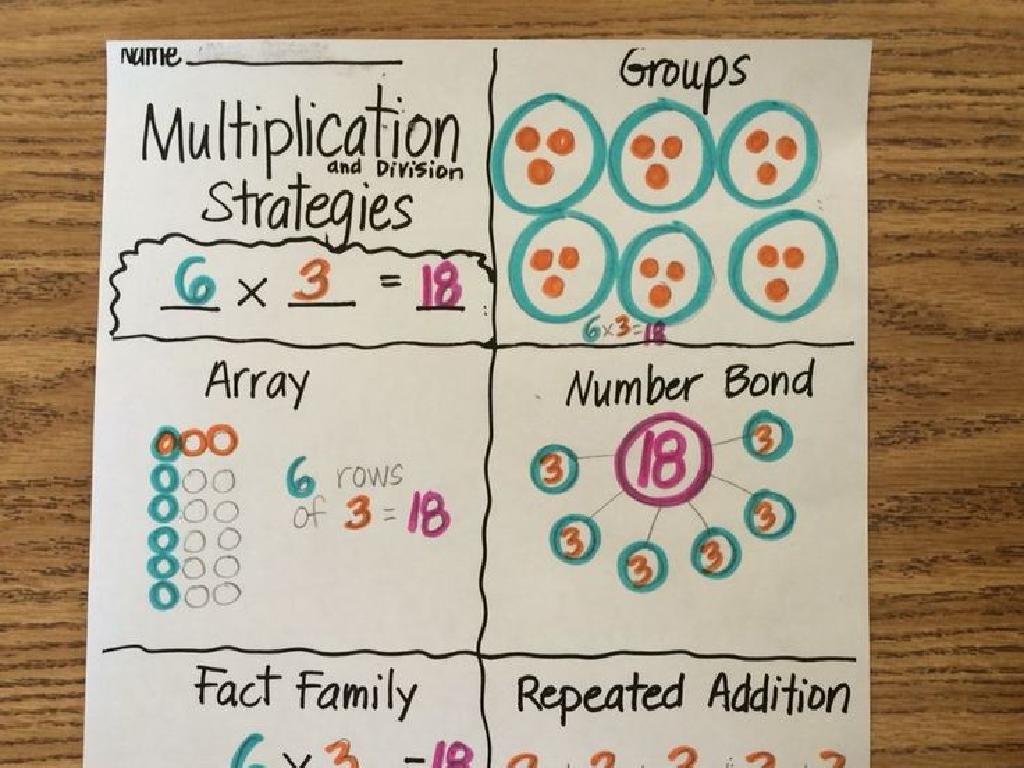Classify And Sort By Shape
Subject: Math
Grade: Kindergarten
Topic: Classifying And Sorting
Please LOG IN to download the presentation. Access is available to registered users only.
View More Content
Welcome to Shapes!
– Greet our shape explorers
– Today’s shape adventure
– We’ll discover and classify shapes
– Spotting shapes around us
– Find shapes in the classroom and beyond
– Learning shape names
– Circles, squares, triangles, and more
|
Begin the class with an enthusiastic greeting to capture the children’s attention. Explain that today’s lesson is an adventure, making it exciting and engaging. Encourage the children to observe their surroundings and identify various shapes they see in the classroom or in their environment. Use common objects to demonstrate shapes like a clock for a circle or a book for a rectangle. This will help them associate shapes with real-world objects. Introduce the names of the shapes and repeat them with the children to aid memorization. The goal is to make the children comfortable with recognizing and naming basic shapes.
Exploring Shapes Around Us
– Shapes are everywhere
– Shapes have sides and corners
– Sides are the straight edges, corners are points where sides meet
– Discover circles, squares, triangles
– Circles are round, squares have 4 equal sides, triangles have 3 sides
– Sorting shapes by properties
– Find and group shapes based on sides and corners
|
This slide introduces the concept of shapes to Kindergarten students, emphasizing that shapes are a fundamental part of their environment. Highlight the basic properties of shapes, such as sides and corners, and focus on simple shapes like circles, squares, and triangles. Use tangible examples like a clock (circle), a book (square), and a yield sign (triangle) to illustrate these shapes in real life. Encourage the students to observe and classify objects based on their shapes. For the activity, provide various objects and ask the students to sort them into groups based on the number of sides and corners. This will help them understand the concept of classification and develop their observational skills.
Let’s Learn About Shapes: The Circle
– A circle is perfectly round
– Circles have no corners or edges
– Find circle-shaped objects
– Look for objects like coins or clock faces
– Circle hunt in the classroom
– We’ll search together for circles around us
|
This slide introduces the concept of a circle to Kindergarten students. Emphasize the unique characteristics of a circle, such as being round and having no corners, which differentiates it from other shapes. Encourage the students to visually identify circular objects by organizing a ‘circle hunt’ in the classroom. This activity will help them recognize circles in everyday objects and understand the shape’s properties. Possible circle-shaped items they might find include clocks, coins, buttons, or wheels. This interactive approach aids in reinforcing the concept and making the learning process enjoyable.
Learning About Squares
– A square has four equal sides
– Squares have four corners
– Let’s make a square with fingers
– Use your fingers to make a square in the air
– Sorting squares from other shapes
– Find objects that are square-shaped and separate them from others
|
This slide introduces the concept of squares to Kindergarten students. Start by explaining that a square is a special shape with four sides that are all the same length and it has four corners, which are the points where the sides meet. Demonstrate making a square with your fingers to give them a physical understanding of the shape. Then, engage the students in a hands-on activity where they sort objects based on whether they are squares or not, reinforcing their ability to classify shapes. This activity will help develop their visual-spatial intelligence and recognition skills. Encourage the students to look around their environment for square shapes and share their findings with the class.
Shapes Around Us: The Triangle
– Triangles: 3 sides and corners
– A shape with three straight sides and three angles.
– ‘I Spy’ game with triangles
– Find objects around that are triangle-shaped.
|
This slide introduces the concept of triangles to Kindergarten students. Start by explaining that a triangle is a shape with three straight sides and three angles, which are also called corners. Use visual aids like pictures or props to show examples of triangles. Then, engage the students in a fun ‘I Spy’ game where they look around the classroom or their home to find objects that are shaped like a triangle. This activity helps students apply their understanding of shapes to the real world and reinforces their ability to classify and sort objects based on their shapes. Make sure to have a list of triangle-shaped objects ready in case students need help or hints during the game.
Sorting Shapes by Sides
– Sorting groups similar items
– Shapes can be sorted too
– Like sorting toys or colors, we can sort shapes
– Count sides to sort shapes
– A triangle has 3 sides, a rectangle has 4
– Practice sorting shapes together
– We’ll sort shapes with different sides in class
|
This slide introduces the concept of sorting, a fundamental skill in mathematics and daily life, to Kindergarten students by using shapes as a relatable example. Begin by explaining that sorting is a way of organizing items that are alike into groups. Emphasize that shapes can be sorted just like colors or toys. Demonstrate how to count the sides of different shapes, such as triangles, rectangles, and squares, and guide the students to sort these shapes based on the number of sides they have. Encourage hands-on practice by providing various cut-out shapes for students to work with in class. This activity will help them visually and physically understand the concept of sorting and the properties of shapes.
Let’s Sort Together!
– I’ll show you different shapes
– We’ll sort them as a team
– Use your detective eyes
– Look carefully and spot the shapes
– Find circles, squares, and more
– Can you find a triangle or rectangle?
|
This slide is designed to be interactive and engaging for Kindergarten students. Begin by showing them a variety of shapes on the board or with physical objects. Encourage the children to observe and identify each shape before sorting them into groups. Use phrases like ‘shape detective eyes’ to make the activity fun and to stimulate their curiosity. As you sort the shapes, reinforce the names and characteristics of each one, such as the number of sides and corners. This activity will help students recognize and classify shapes, an essential skill in early geometry. Prepare to guide them with questions like ‘What makes this shape a circle?’ or ‘How many sides does a square have?’ to facilitate learning.
Class Activity: Shape Hunt
– Be a Shape Detective!
– Find shapes around the classroom
– Look for circles, squares, triangles, and more
– Sort shapes with your friends
– Decide where each shape belongs
– Classify each shape you find
– Is it a circle, square, or triangle?
|
This activity is designed to help Kindergarten students recognize and classify shapes in a fun and interactive way. Set up different shape stations around the classroom with examples of circles, squares, triangles, rectangles, and other shapes. Encourage the children to explore the room and collect various objects that match these shapes. They can work in small groups to sort and classify the shapes they find, discussing their reasoning with their peers. Provide guidance and ensure each group has a variety of shapes to work with. Possible activities include sorting shapes into different bins, creating a shape collage, or even a shape matching game. This hands-on experience reinforces their understanding of shapes and how to categorize them.
Review and Share: Shape Sorting
– Share the shapes we sorted
– Discuss the most common shape
– Which shape did you see the most?
– Talk about tricky shapes
– Were some shapes confusing to sort?
– Reflect on our sorting
– How did we decide where to sort each shape?
|
This slide is meant to facilitate a discussion among the kindergarten students about their experience with sorting shapes. Encourage the children to talk about the shapes they have found and sorted during the activity. Ask them to identify which shape they saw most frequently and to think about why that might be. Discuss if there were any shapes that they found difficult to categorize and explore the reasons together. This will help them to articulate their thought process and reinforce their understanding of shapes and sorting. The teacher should be prepared to guide the conversation, ensuring that each child has a chance to speak and share their findings with the class.
Great Job, Shape Detectives!
– Amazing job sorting shapes
– Shapes are all around us
– Look at buildings, signs, and toys for shapes
– Keep looking for shapes
– Applaud yourselves, detectives!
– Clap for each other’s hard work today
|
This slide is a congratulatory closing to reinforce the day’s learning and encourage ongoing engagement with the material. Praise the students for their effort in sorting shapes, which helps solidify their understanding of geometry. Remind them to continue observing shapes in their environment, reinforcing the idea that math is part of their everyday life. Encourage self and peer recognition by having them clap for themselves and each other, fostering a positive learning environment and celebrating their success as ‘Shape Detectives’. This activity also serves as a transition to end the lesson on a high note, leaving the students with a sense of accomplishment.

